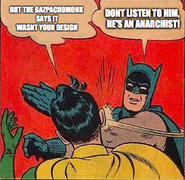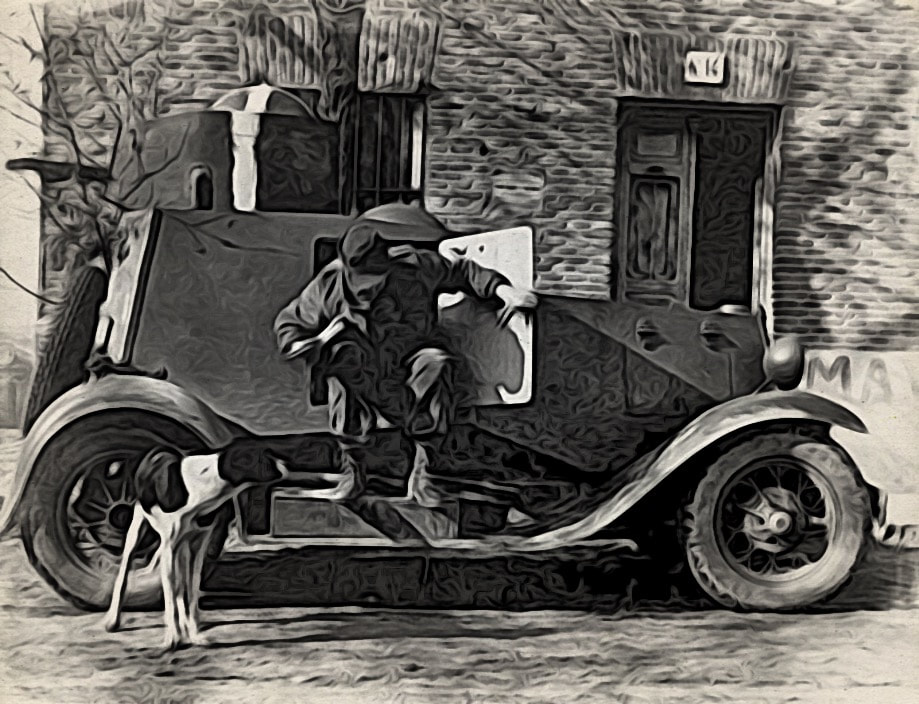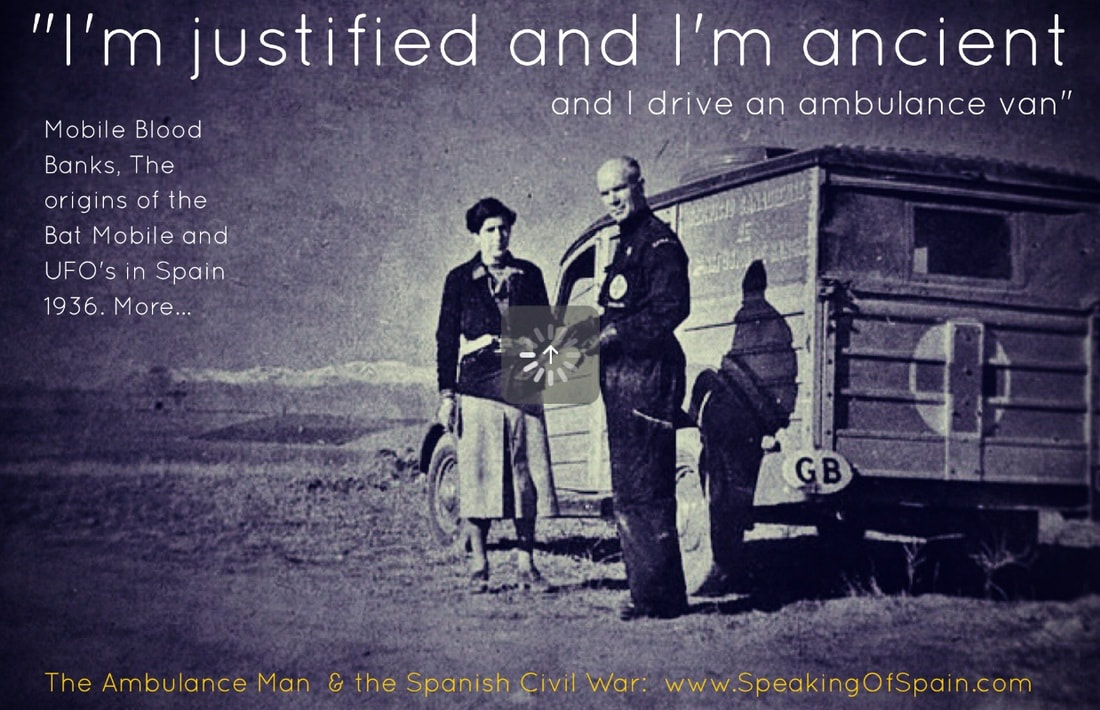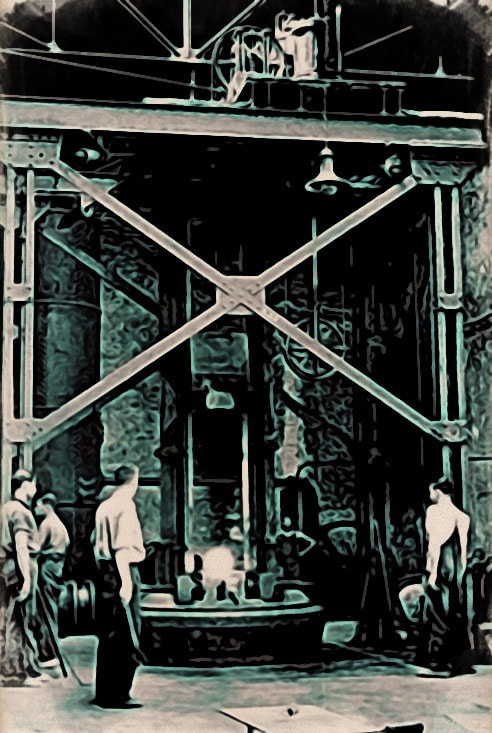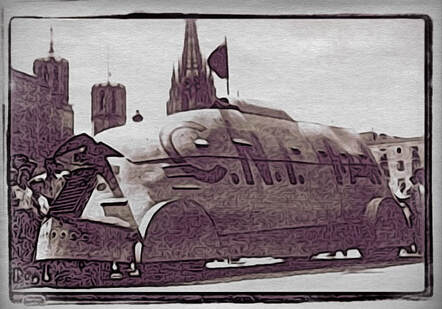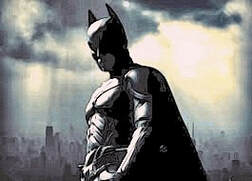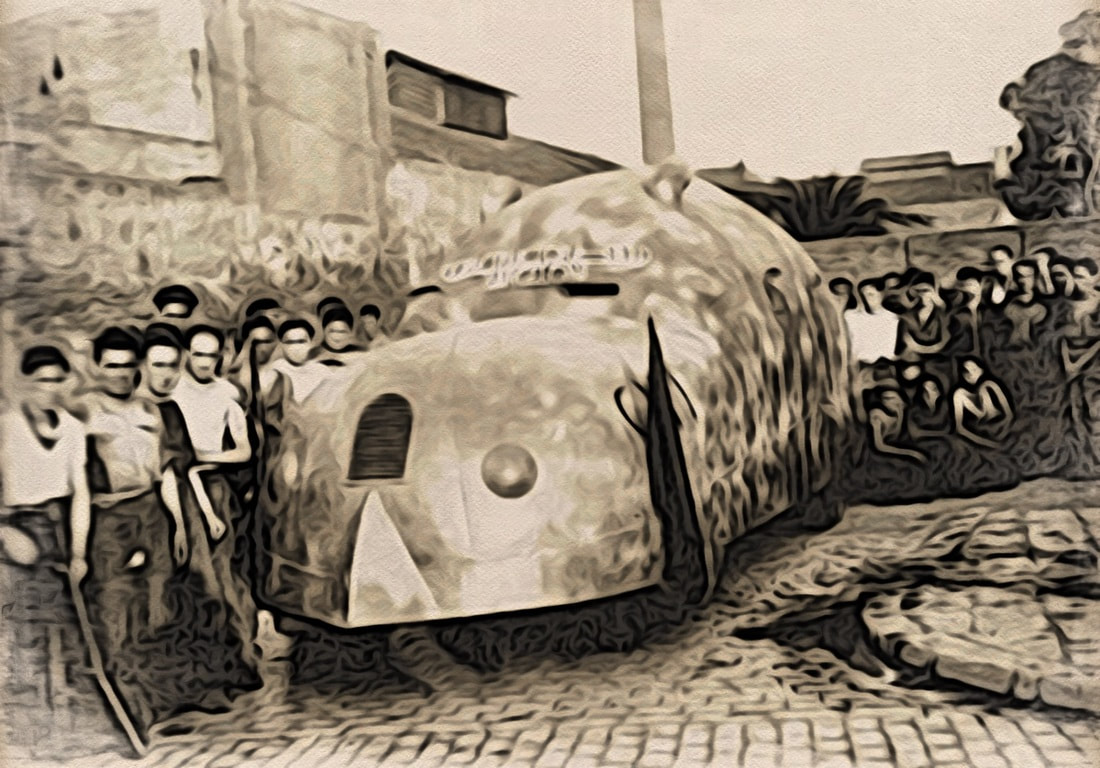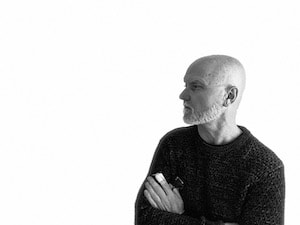THE ANARCHIST CAR DESIGNS FROM THE SPANISH CIVIL WAR
One of a series of reports on Forgotten Stories from the Spanish Civil War. See full list at end of article.
|
As a kid I was always fascinated by the Batmobile. It had a shape that not only defied convention, but the normal aerodynamics of the car industry. Consequently, it was more than a car to me, it was a sexy, mean, defiant machine.
But as I reluctantly grew up and eventually disposed of my toys, and time took its inevitable toll on my childhood dreams, I stumbled across what possibly was the origin of the Batmobile. For whilst I was researching The Forgotten Stories From Spain Series, I kept coming across references to the 1936 collectivised factories of war torn Catalunya and it was there that I found the inspiration behind such a vehicle. |
ANARCHISM IN CATLAUNYA: THE GREAT POLITICAL EXPERIMENT
|
As I'm not into military history - the thought of comparing tank wheels sizes or turret lengths frankly holds as much interest for me as the sun-bed habits of the current American President - I am however curious about what happened to Catalan Industry at the outbreak of the civil war. Not, I should add, because Industrial history is of particular interest either - but, and bear with me on this - it was probably the most interesting political experiment in living memory.
|
- Finally, on a purely political level, there are just not many examples in the history of the human race whereby people have actively embraced anarchism in industry at a time of war. And whereas you may be forgiven for thinking that it would all be somewhat anarchic (in the negative popular press sense), in fact it turned out quite the opposite.
CNT AND FAI AND THE COLLECTIVISED FACTORIES OF THE INDUSTRIAL NORTH
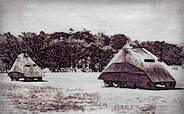 Star Wars Vehicles
Star Wars Vehicles
Between August 1936 and January 1939 many factories were collectivised in Catalunya by the workers of the CNT and the FAI, (Confederacin Nacional de Trabajadores and Federacion Anarquista Iberica) including one particular large complex: The Maquinaria Moderna para Construcciones y Obras Públicas de Sant Sadurní. Vehicle adaptation and experimentation then became synonymous with the industrial north and in particular, Barcelona. Even Norman Bethune, the Canadian Doctor drove up to the province in search of a customised van to embark on his idea for a mobile ambulance*.
|
Other collectivised factories in Catalunya produced bombs, pistols, shells, grenades and dynamite. This car workshop, however, was converted into a huge factory for the production of tanks, assault vehicles, tractors, artillery and wacky shaped armoured cars.
Factory Z - as the new workshop came to be called - worked frenetically to produce the machines necessary for the defence of the Republic and the Revolution in Catalunya. At its peak, every day consisted of three shifts: From 5am to midday, then from 1pm to 9pm, and finally from 9 - 5am. |
But why didn't Spain just buy weapons and armoured vehicles? It had plenty of gold in it's reserves?
When the Civil War broke out, the legitimate Spanish Republican Government found itself having to defend its people against an armed, professionally trained and ruthless rebellious army. It needed to defend itself but was prevented from buying weapons from neighbouring countries by the Non-Intervention Pact (supported by the self-interest of Britain, France and the USA). In effect Spain was isolated and left with little choice. In Catalunya, the people acted quickly and decisively: Factories were collectivised and converted into weapons production lines, particularly the larger factories including the car industries owned by GM and Ford.
When the Civil War broke out, the legitimate Spanish Republican Government found itself having to defend its people against an armed, professionally trained and ruthless rebellious army. It needed to defend itself but was prevented from buying weapons from neighbouring countries by the Non-Intervention Pact (supported by the self-interest of Britain, France and the USA). In effect Spain was isolated and left with little choice. In Catalunya, the people acted quickly and decisively: Factories were collectivised and converted into weapons production lines, particularly the larger factories including the car industries owned by GM and Ford.
Design in the factory had no limitations. Chevrolet lorry or trucks were converted into armoured cars, a tractor would be re-designed to clear roads or snow. But it was the design of other vehicles, modified and customised in these factories that would become the template for Batman and Robins future transport needs.
ANARCHISM: WHEN THE IMAGINATION IS SET FREEIt was not just the design of the vehicles that proved groundbreaking, but in their construction too. One ingenious design involved using sheets of wool removed from old mattresses. These were then stuffed between two metal plates.
In theory, when an enemy projectile penetrated the first metal plate, its spinning nature meant that it would get caught up in the fibres of the wool and become entangled, preventing it from reaching the second defensive plate. Unfortunately the use of two metal sheets meant the vehicle then weighed too much to move very far at all. However, the idea was theoretically sound as a defence against small arms fire, and an example of innovative processes released when collective groups work together for reasons other than market share. |
Sadly, on the 10th January 1939 the Factory fell into the hands of the Franquistas. What could be removed was done so before hand, but much was left for the Nationalist troops to pour over and digest. What Franco found delighted him. He was like a small child with a new lego set for Xmas. Unbeknown to the rest of the world, this fanatical crusader was setting up a role model for a future caped crusader, one like Franco who liked building with lego.
CRUSADERS, LEGO AND DARK NIGHTS
MORE ON ANARCHISM AND THE SPANISH CIVIL WAR
Spanish Civil War Stories on Anarchism, Ambulances and Catalunya

